For 1990-2009 cars only
Timing Belt Inspection On-Vehicle
- Inspect the camshaft drive and the camshaft components for signs of wear. Note any evidence of oil or other fluid intrusion.
- Verify if the camshaft timing belt length is within specification by using the following method:
- Insert flat, narrow ruler 0.5 mm (0.02 in) thick along the tensioner pulley.
- Engage the steps in the timing belt tensioner actuator base.
- Note the reading at the top of the tensioner pulley. If the timing belt is too long, the ruler will drop into the cast groove in the tensioner bracket.
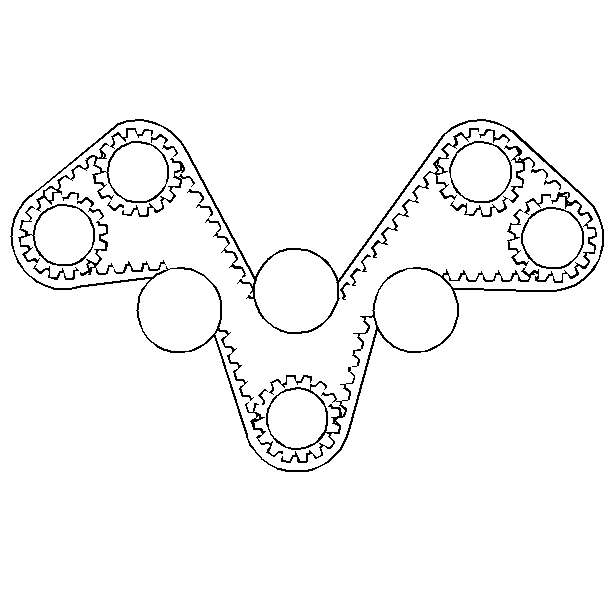
| • | If the reading at the top of the tensioner pulley is 41.1 mm ± 1.5 mm (1.62 in ± 0.06 in), the timing belt is within an acceptable range. |
| • | If the reading at the top of the tensioner pulley is 45.1 mm ± 1.75 mm (1.77 inch ± 0.07 inch), replace the timing belt. |
Timing Belt Inspection
- The following conditions may cause a broken or cracked tooth or tooth root:
- The following conditions may cause the back surface to crack or become scratched:
- Side surface wear is defined by the following conditions:
- The following conditions may cause the side surface to become worn (the belt width is below 30 mm (1.20 in)):
- Worn teeth are defined by the following conditions:
- The following may cause the teeth to wear:
- The following conditions may lead to a clean break across the fibers:
- The following conditions may cause oil/coolant or water to stick to the belt, and they may lead to swollen rubber:
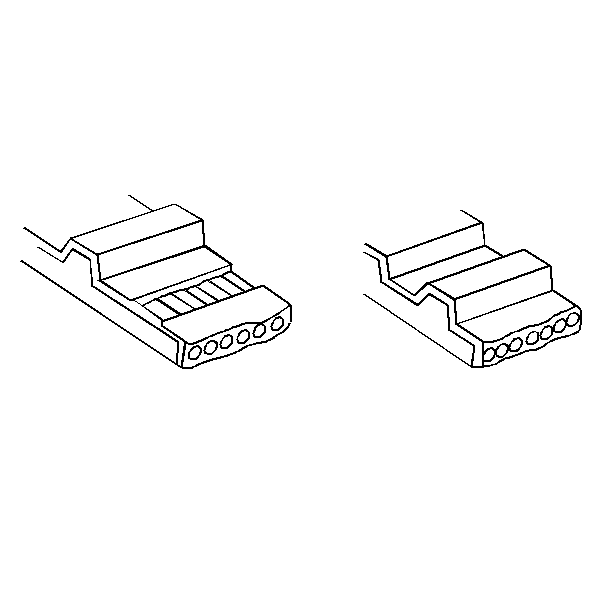
| • | Camshaft jamming |
| • | A damaged camshaft or crankshaft oil seal |
| • | A coolant leak |
| • | Old age (70,000 miles or more depending on the usage) |
| • | The tensioner not functioning |
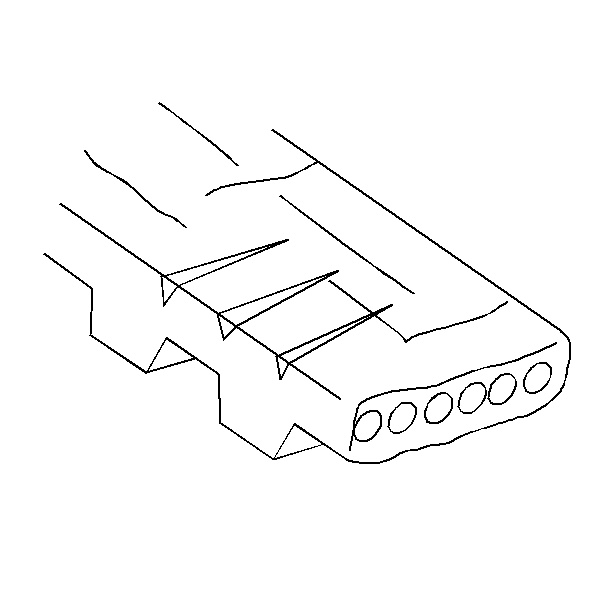
| • | The tensioner jamming |
| • | An overheated engine |
| • | Interference with the belt cover |

Important: Measure the width at the root of the tooth.
| • | The belt corners are worn and round |
| • | The wicks are frayed and coming out at the edge |
| • | Improper installation of the belt (prying) |
| • | Overload, bending or misalignment of the cam drive components |
| • | The tensioner jamming |
| • | Heavy thrust loading against guide flanges |
| • | Damaged guide |
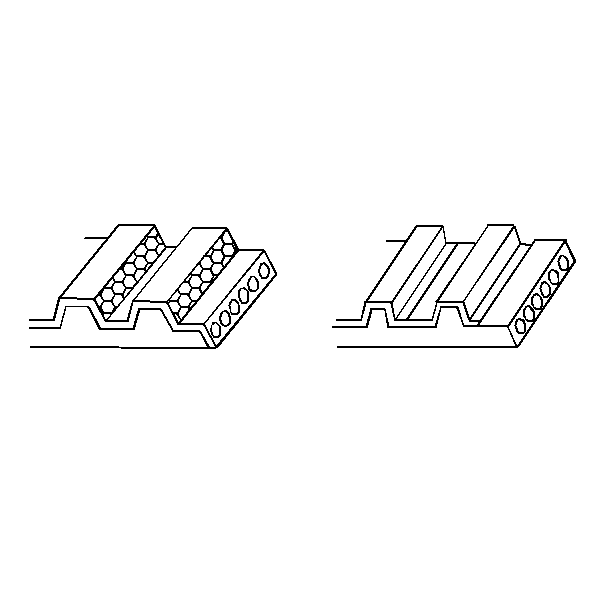
| • | The canvas on the tooth face is worn down |
| • | The canvas on the tooth is fluffy |
| • | The rubber layer is worn down and faded white |
| • | The belt is worn down and invisible |
| • | Poor belt cover sealing |
| • | The camshaft not functioning properly |
| • | Excessive belt tension or tensioner jamming |
| • | Rough, scored, or nicked sprockets |
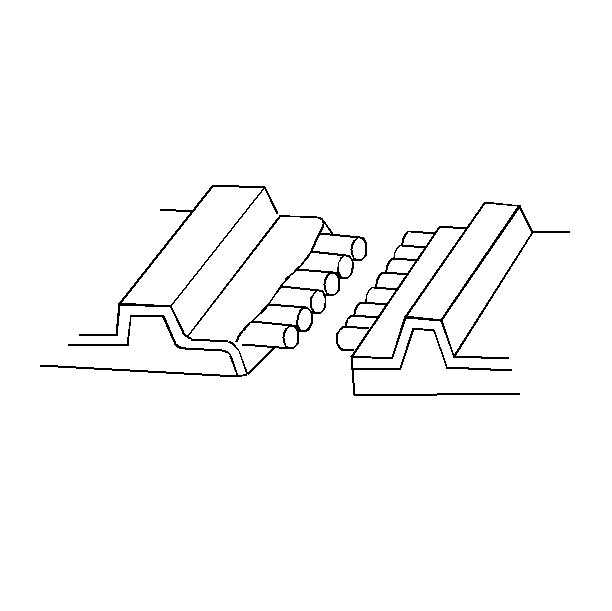
| • | A kinked or bent belt before or during assembly (bend smaller than a 30.0 mm (1.18 in) radius |
| • | Foreign material under the belt |
| • | Poor oil sealing of each oil seal |
| • | Coolant leakage at the coolant pump |
| • | Poor belt cover sealing |
